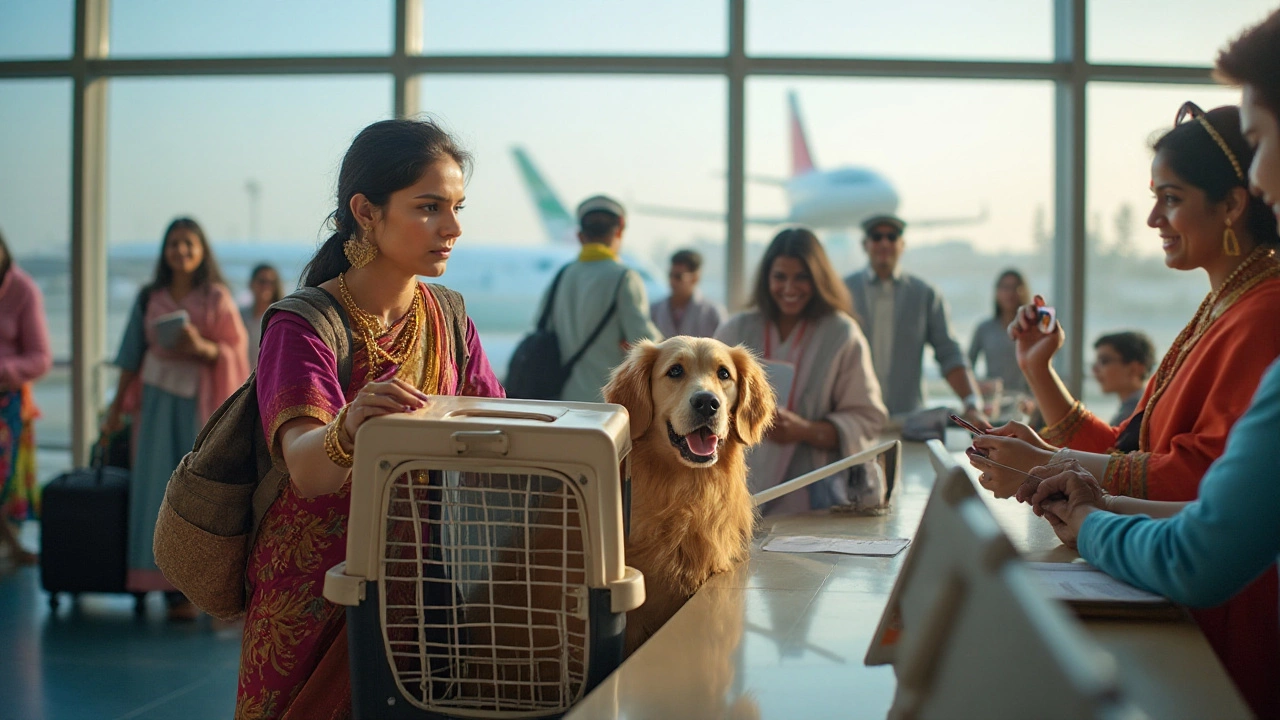
Traveling by air with man's best friend can be an adventure, albeit one that comes with its unique set of challenges and costs. Whether your pup is accompanying you in-cabin or journeying in the cargo hold, there’s a fair deal of preparation involved.
While every airline has its own set of guidelines and fees, several common threads connect their policies. Expect to pay for more than just your dog's ticket—think along the lines of pet carriers, health certificates, and comfort essentials for the journey.
Understanding the associated costs and requirements can pave the way for a hassle-free trip for both you and your canine companion. Dive into our guide to unravel the details of flying with your dog in 2025.
- Airline Policies and Pricing
- Additional Costs to Consider
- Preparing Your Dog for Air Travel
- Tips for a Stress-Free Flight
Airline Policies and Pricing
Figuring out how to navigate the ever-changing world of pet travel can feel like you're trying to solve a puzzle that's missing a few pieces. When considering flying with your furry companion, the airline policies dictate much of the process. Generally speaking, airlines have distinct rules regarding flying with pets, and these can vary significantly from one company to another. It's always a good idea to start by checking specific information directly from the airline's website or customer service. You'll often find that airlines categorize pet travel into two segments: in-cabin and cargo. In-cabin travel typically comes with more wiggle room but is generally restricted to smaller pets, while cargo is reserved for larger animals or those traveling alone. For in-cabin pets, you'll need to ensure your dog fits comfortably in an FAA-approved carrier that goes under the seat in front of you. Even these simple rules demand some preparation and anticipation.
The cost of flying with pets is another aspect that requires attention and planning. Airlines usually charge a pet fee that is separate from your ticket and can range from $75 to $200 each way. This fee accounts for the extra measures the airline takes to accommodate your pet, such as maintaining a specific area for pets in the cabin or cargo hold. For larger dogs traveling in cargo, you might find yourself paying an additional handling fee, sometimes calculated per pound of your pet's weight plus the crate. It's crucial to get these figures in advance so you're not caught off guard financially on the day of travel. While these fees might feel burdensome, they are an unavoidable part of complying with airline regulations and ensuring your dog's comfort and safety.
To understand these policies in practical contexts, let’s take a closer look at some major airlines. American Airlines, for instance, allows pets in-cabin on most domestic flights for a $125 fee, but they do impose a total weight limit. Meanwhile, Delta Airlines offers a similar service, emphasizing customer convenience by allowing you to reserve your pet's space when booking your own ticket online. Notably, Southwest charges $95 for in-cabin dogs on specific routes. While different airlines might seem to have intricate rules, they often have a customer service team ready to field any unique scenarios or concerns. Checking the fine print on their websites is often the best way to double-check current pricing and rules.
One enduring piece of wisdom when flying with pets comes from Helen Davis, an airline industry consultant, who says, “Proper planning and having updated airline information is like insurance for your comfort and your pet’s safety.” Airlines also vary in terms of health requirements and regulations. Typically, up-to-date vaccination records and a health certificate from a vet are necessary. These documents help reassure airline staff and fellow travelers that your pet is in robust health and doesn't pose a risk. Finally, if this is your pet’s first flight, giving the airline a call to discuss any additional questions or concerns you might have is a prudent move.
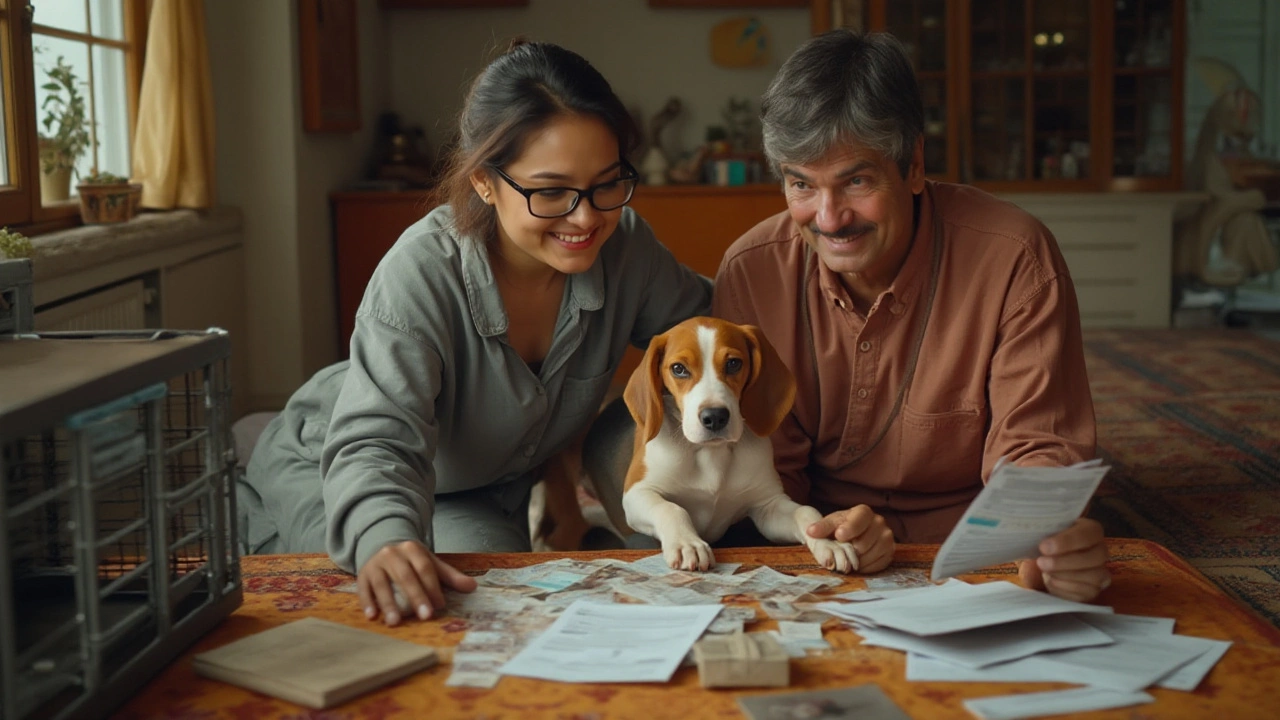
Additional Costs to Consider
Traveling with your dog can be a rewarding experience, but it's essential to know the hidden expenses that you might encounter along the way. Apart from the standard airfare for your pet, there are numerous other financial commitments you should be prepared for. These aren't always visible at first glance but can add up if you're not vigilant. From specialized pet crates to health certifications, anticipating these extra costs can save you unexpected stress down the road. First and foremost, investing in an airline-approved pet carrier is crucial. These carriers must meet specific criteria, not just for your airline but also for safety regulations at large. Expect to spend anywhere between $50 to $250 on a solid, comfortable crate that assures your pet's well-being. The price can vary depending on size, material, and added features such as ventilation or absorbent lining.
Next on the list is the necessary veterinary check-up, often required for health certificates. A health certificate ensures your dog is fit for travel and free from contagious diseases. This certificate is typically obligatory and must be issued within ten days before your flight. Vet visits can cost between $100 to $200, depending on the tests and vaccinations required. Occasionally, airlines might also request proof of specific vaccinations, which could require additional vet fees.
According to PetTravel.com, "an increasing number of airlines are asking for detailed travel forms and health records to discourage dishonest claims about service or emotional support animals." As more and more people choose to fly with their pets, airlines are tightening policies, which can sometimes mean additional legal documentation that might involve extra costs.
Moreover, think about any comfort accessories your furry co-adventurer might need. Items like soft bedding, spill-proof water bowls, or calming supplements can make a significant difference in how your dog experiences the journey. These extras, although small, can round up to another $50 to $100. Besides that, if your travel involves shifting between regions with stark climatic differences, investing in a travel-friendly dog jacket or a cooling pad could be beneficial.
And finally, consider the boarding facilities or transportation services you might require at your destination. Some travelers may choose to rely on pet transport services if their final destination does not align directly with their landing place. These services can charge $50 to $150 depending on distance and level of service. Additionally, if your journey includes an overnight layover, accommodation rules regarding pets can steer you towards additional pet fees, typically ranging from $20 to $100, depending on hotel policies.
All these costs can add up, so it’s smart to allocate a specific budget beside the ticket price for your little buddy. Being prepared financially will enhance your travel experience by eliminating any unwelcome surprises that come your way. This way, both you and your pooch can concentrate on the fun and adventure that lies ahead.
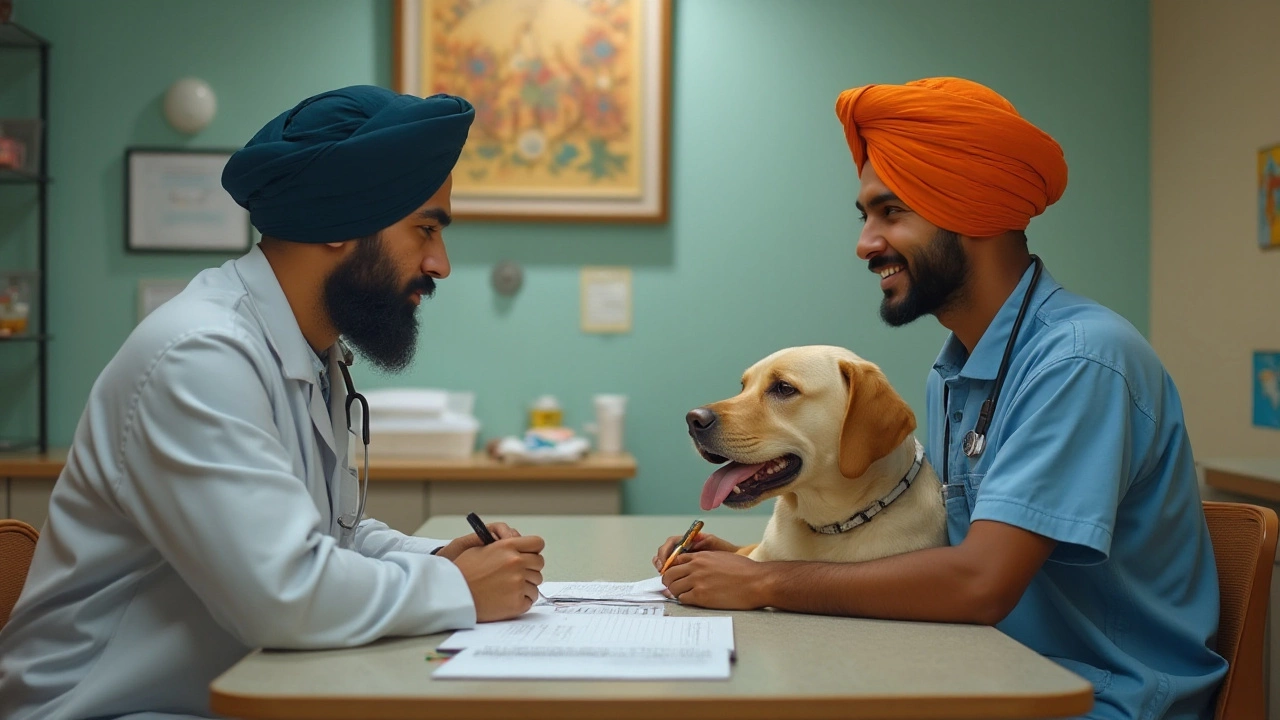
Preparing Your Dog for Air Travel
Embarking on an air journey with your dog is no small feat, and ensuring your pet's comfort and safety is paramount. It's essential to start preparing well ahead of your trip to avoid last-minute scrambling. One of the first steps involves choosing an appropriate pet carrier. Airline-approved carriers are a must, so you'll need to verify the dimensions and material against the specifications of the airline you're flying with. A good rule of thumb is that your dog should be able to stand, turn around, and lie down comfortably inside the carrier. Consider familiarizing your furry friend with their new home several weeks before the trip. This acclimation period can make them feel more secure when travel day arrives.
The next vital step is a visit to the vet. Ensuring your dog is healthy for travel is crucial. Most airlines require a health certificate issued within 10 days of departure, so scheduling this visit is a must. During the visit, discuss the travel plans with your vet. Get advice on feeding schedules and whether a sedative is appropriate for your pet's anxiety levels, as opinions on sedation vary widely. Remember, some dogs react differently at high altitudes, so it's better to be well-prepared. A vet’s go-ahead will give you peace of mind.
"A journey with your furry companion should be joyful, and a vet check-up ensures there are no underlying health issues that could complicate travel,” advises Dr. Susan Whitacre, a renowned veterinarian with a focus on travel health for pets.
Another critical aspect of preparing your dog for a flight is obedience training. A well-trained dog is less likely to stress in unfamiliar environments. Focus on commands such as sit, stay, and quiet, especially if your pet will travel in-cabin. Exposure to a bustling environment mimicking an airport could help your dog get used to crowd noise and myriad smells. If you're traveling internationally, make sure to check quarantine regulations and necessary vaccinations well in advance. Some countries have strict requirements, and fulfilling these last-minute can lead to travel delays or even canceled plans.
When packing, include essentials like favorite toys, a familiar blanket, and a water bottle with a bowl. A comforting item can be invaluable for a nervous dog mid-flight. It’s also wise to pack some treats, although be cautious with the quantity, as overfeeding might cause nausea during turbulent flights. For dogs traveling in the cargo area, it's critical to attach a card with your contact information and the dog's details to the carrier. Many airlines also recommend placing a recent photo of your dog on the carrier. This helps in the rare case the pet gets lost during the transit process. Preparation is key, and no detail is too small when it comes to your beloved pet’s well-being during air travel.
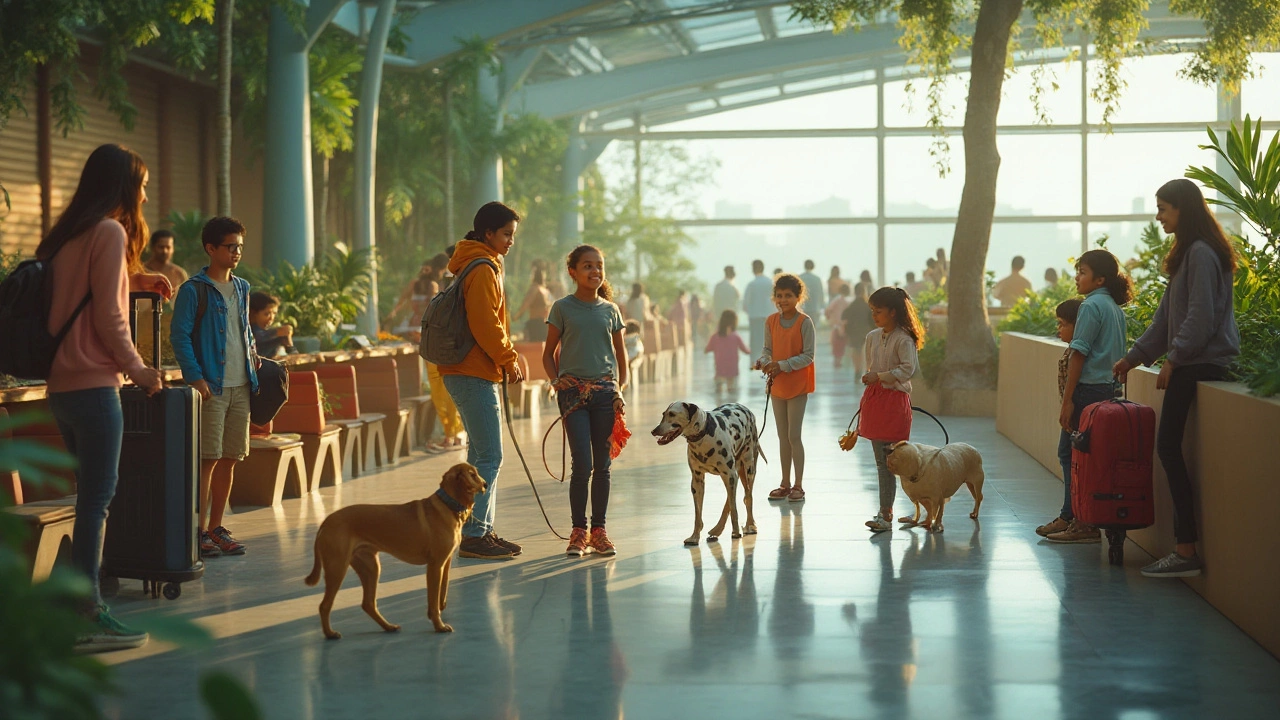
Tips for a Stress-Free Flight
When it comes to flying with your canine companion, ensuring a stress-free flight is crucial for both you and your pet. Preparation is your best friend here. Begin by familiarizing your dog with the travel crate well in advance. This means placing the crate in your living space with the door open, allowing your dog to explore it at their own pace, often with treats as a lure. This goes a long way in preventing anxiety on the actual travel day. Additionally, invest in a quality crate that meets airline standards—these typically require sturdy materials and ventilation on three sides.
Health checks are an absolute necessity. Most airlines require a health certificate issued within ten days of travel, a document your vet will provide confirming that your pup is fit for journeying by air. Besides this, ensure your dog is up-to-date on all vaccinations, especially rabies, as some destinations have strict requirements. Consider microchipping your dog as a safety measure in case they get separated from you during travel. This tiny microchip, implanted by your vet, holds your contact information and greatly increases the chances of a reunion should your dog go astray.
Exercise plays a critical role in preparing your dog for travel. On the day of the flight, take them for a long walk or a round of play to tire them out. The aim is to make them as relaxed and sleepy as possible before heading to the airport. Dogs that burn off their excess energy beforehand are more likely to remain calm and even doze off during the flight. Also, feed your dog a light meal a few hours prior to departure to prevent an upset stomach during the journey.
Engaging your pup’s senses is another strategy. If your dog has a favorite toy or a blanket they are particularly fond of, place it inside the crate. Familiar objects carrying the scents of home can provide significant comfort and aid in calming your pet during the flight. Many pet owners also suggest including a piece of clothing that carries your scent for added assurance.
Arrive at the airport early to allow time for both yourself and your pet to adjust to the bustling environment. Patience is key here, as busy atmospheres can be overwhelming. Spend some time in a quiet corner first, practicing commands and offering treats to reassure them. Keep your calm demeanor, as dogs are highly intuitive and will pick up on any nerves you may display.
According to veterinarian Dr. Rebecca Jackson, "A calm owner often leads to a calm pet. Ensure you've prepared as much as possible, and remember that your dog feeds off your energy."

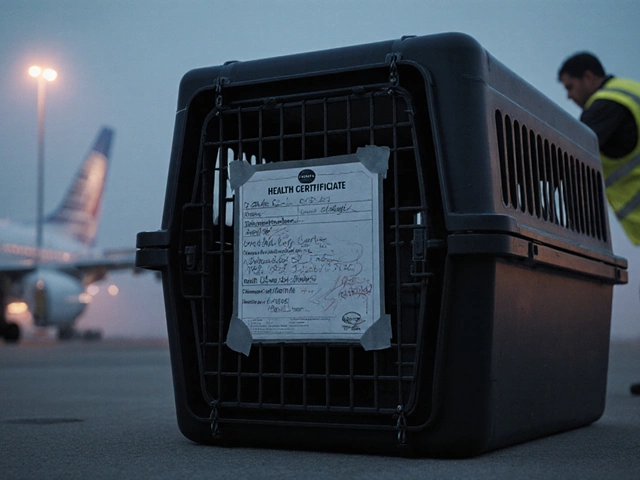

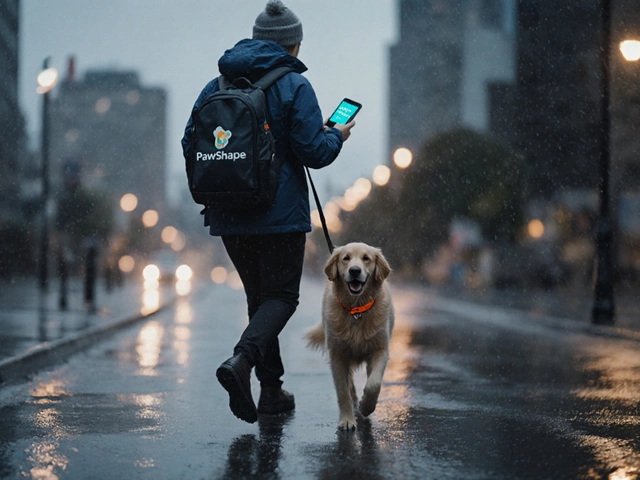
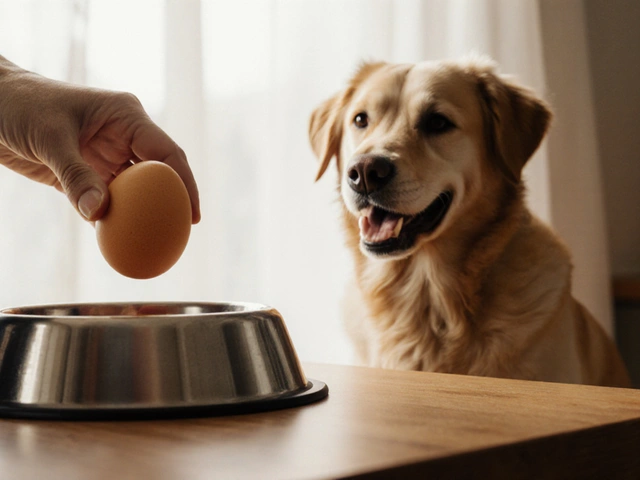
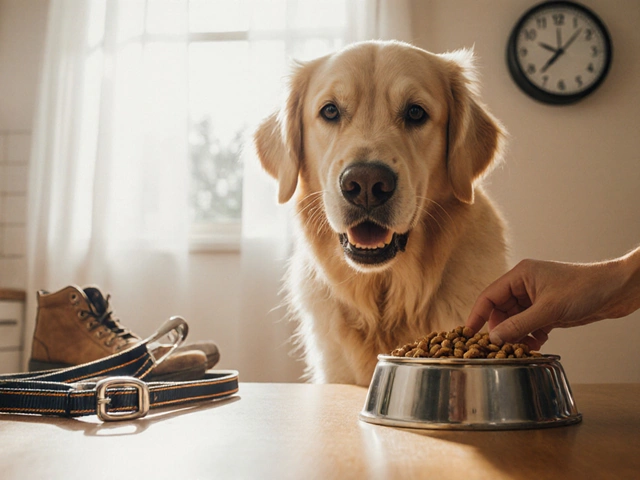
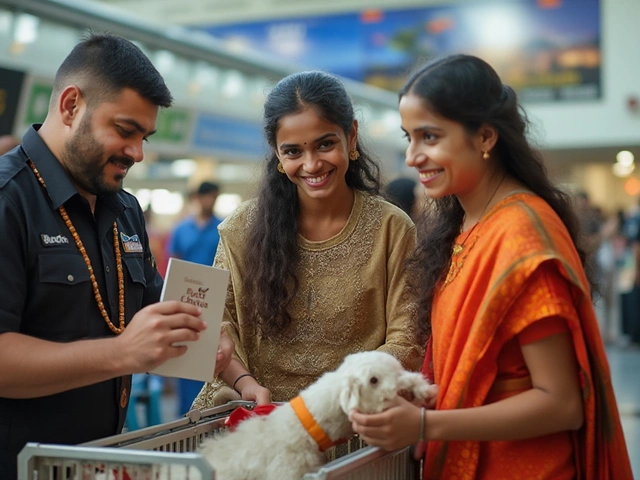

Write a comment